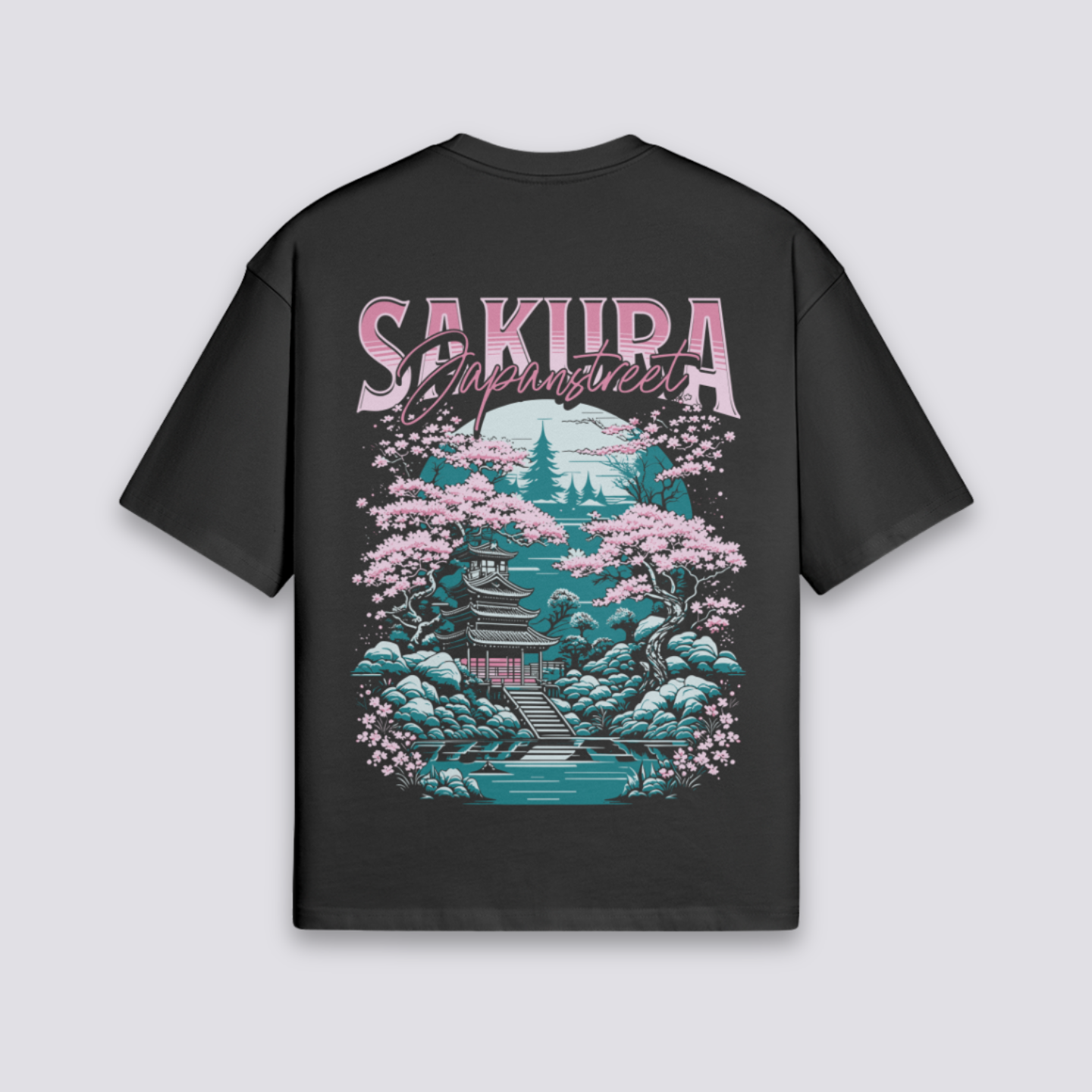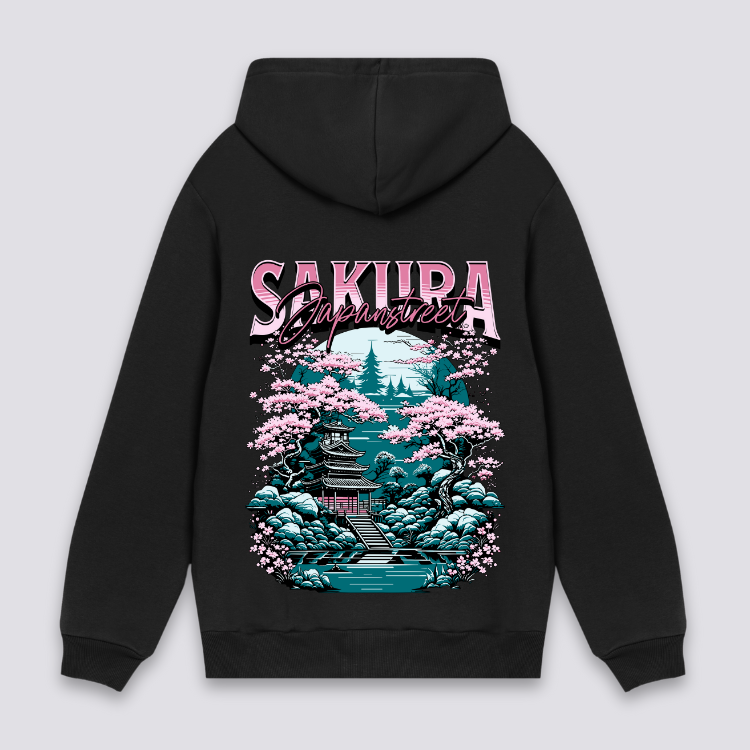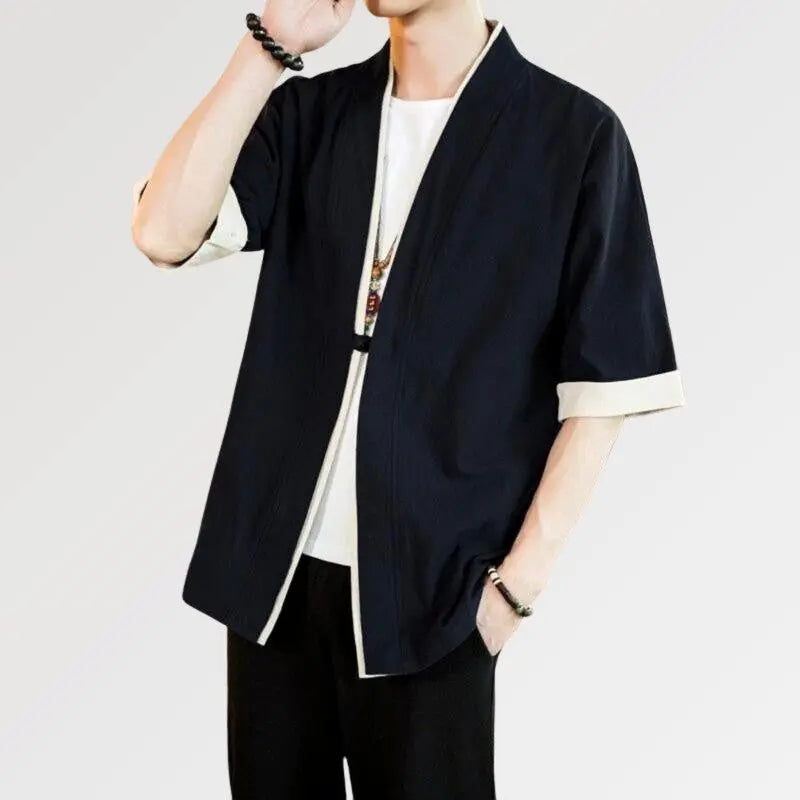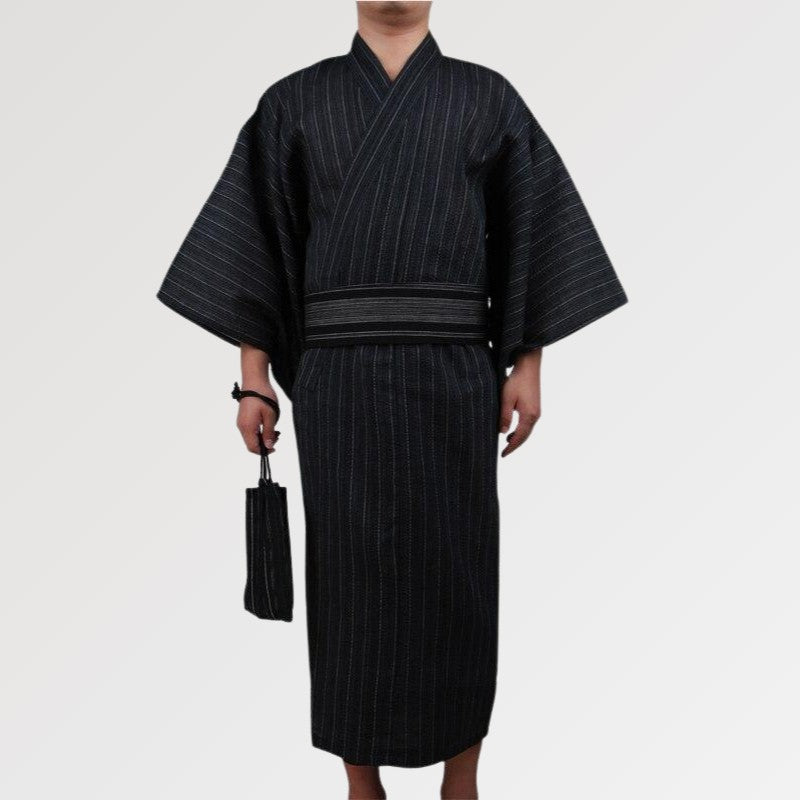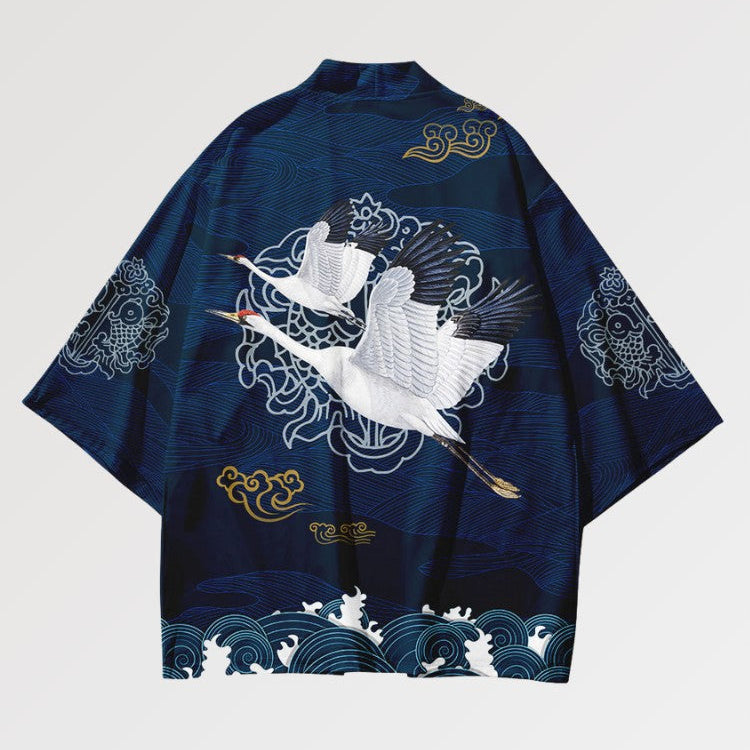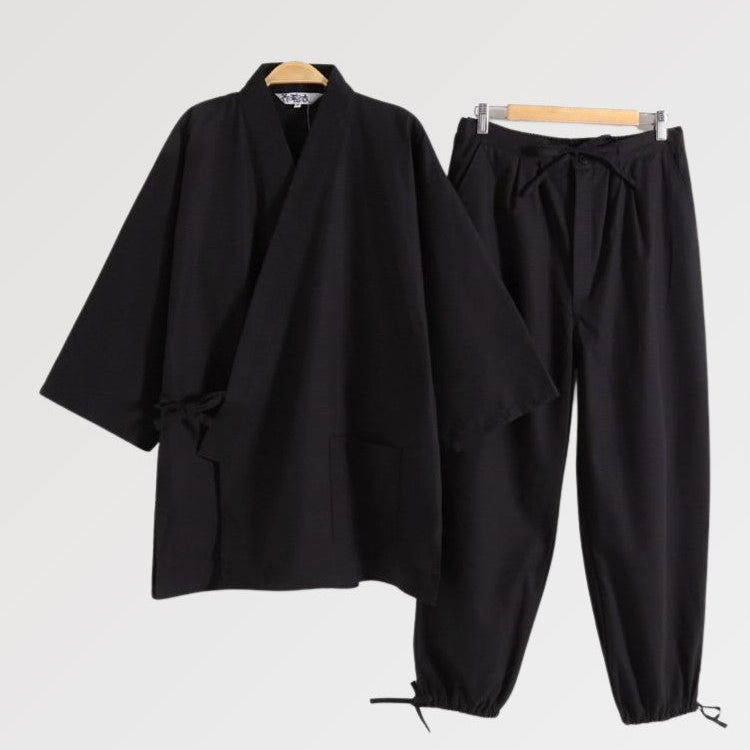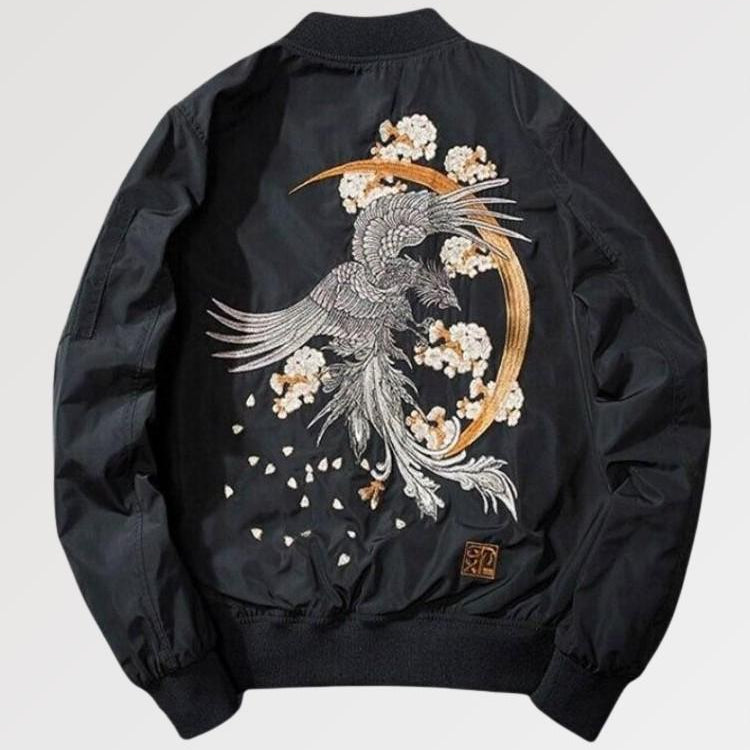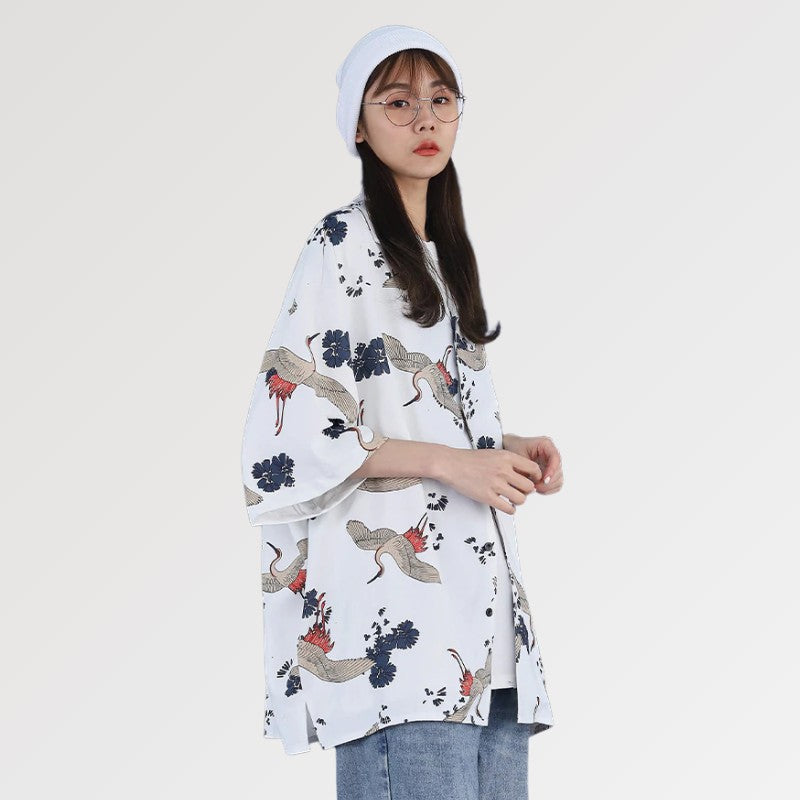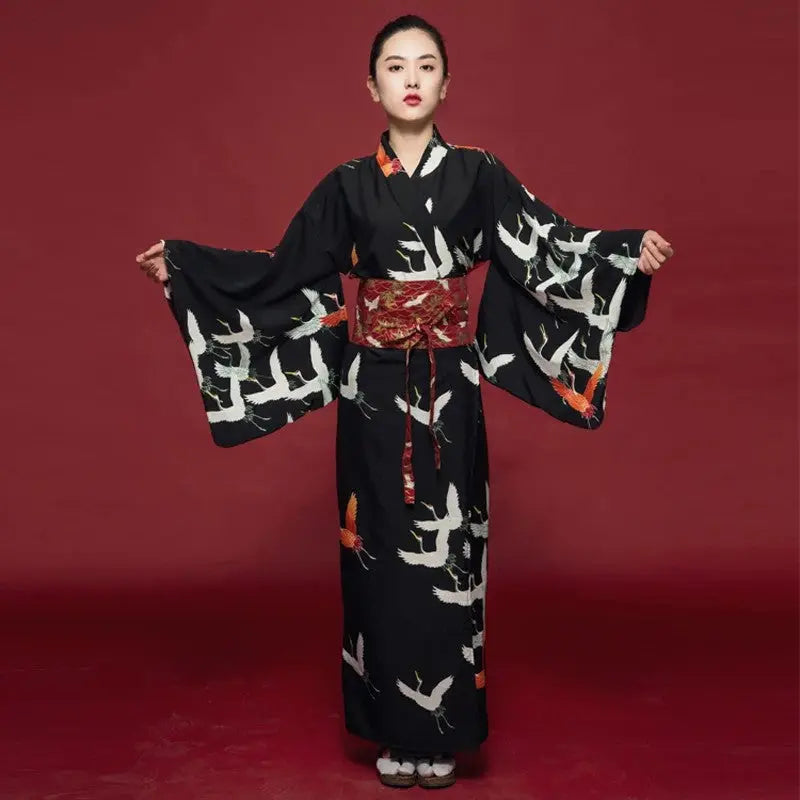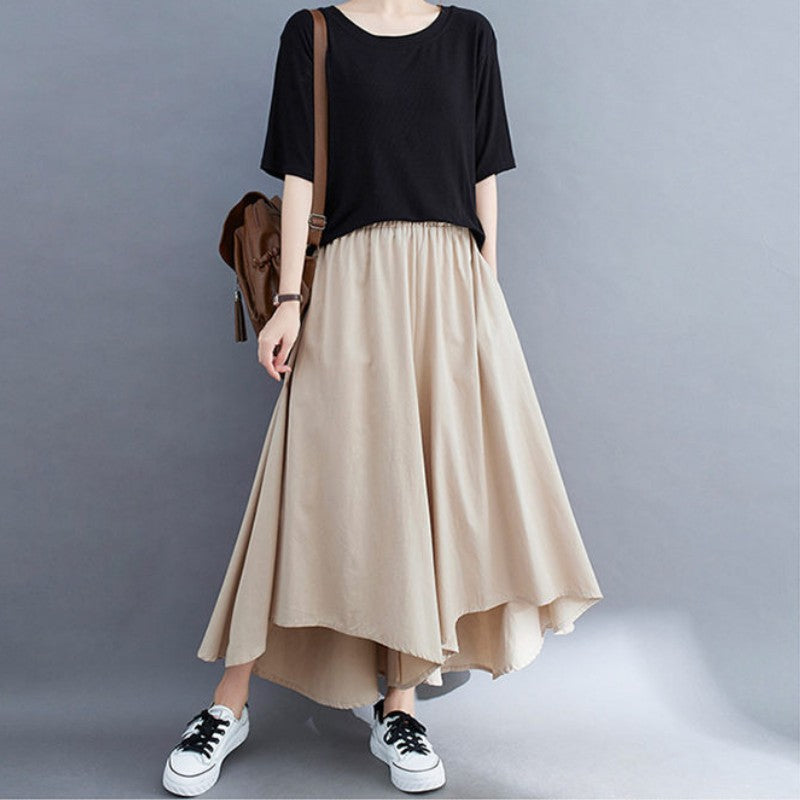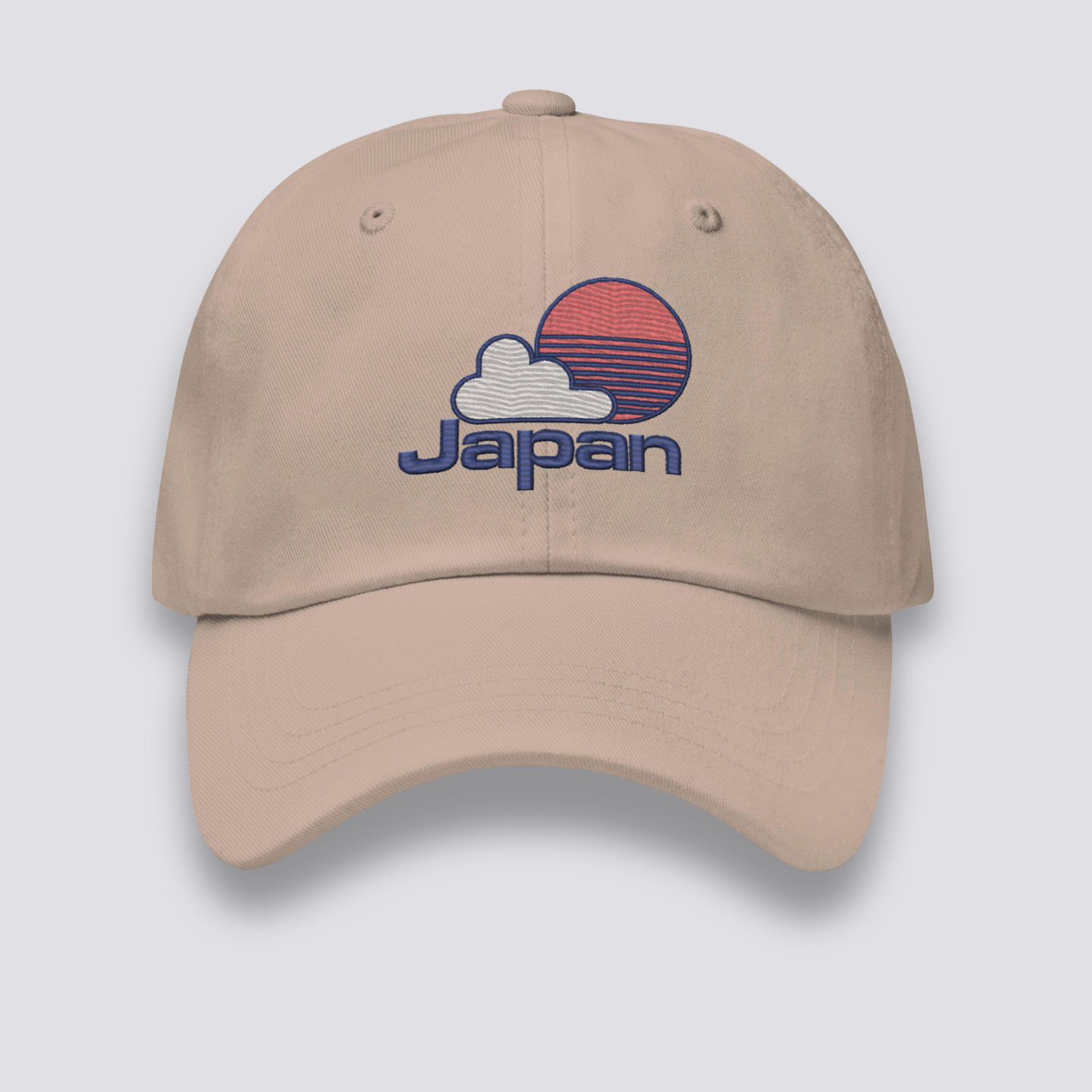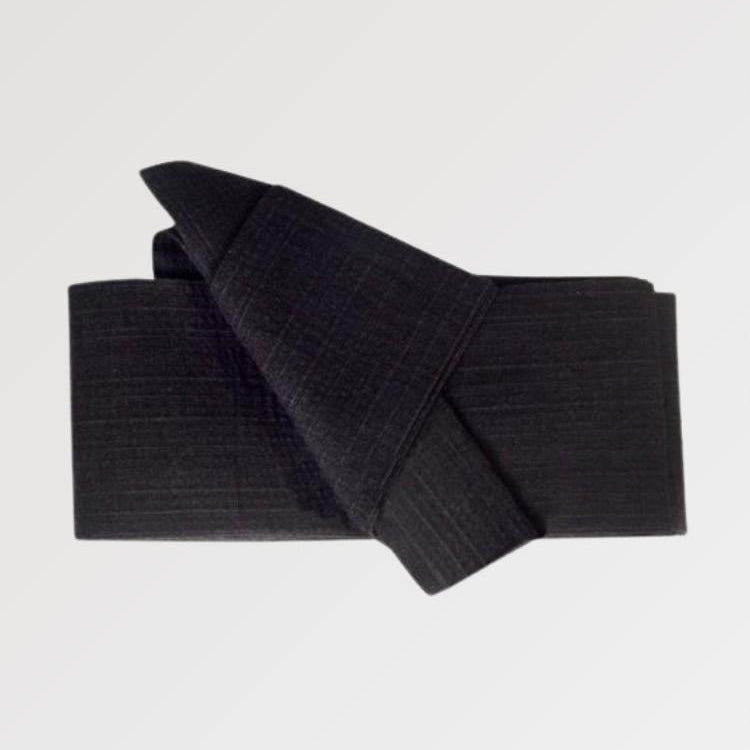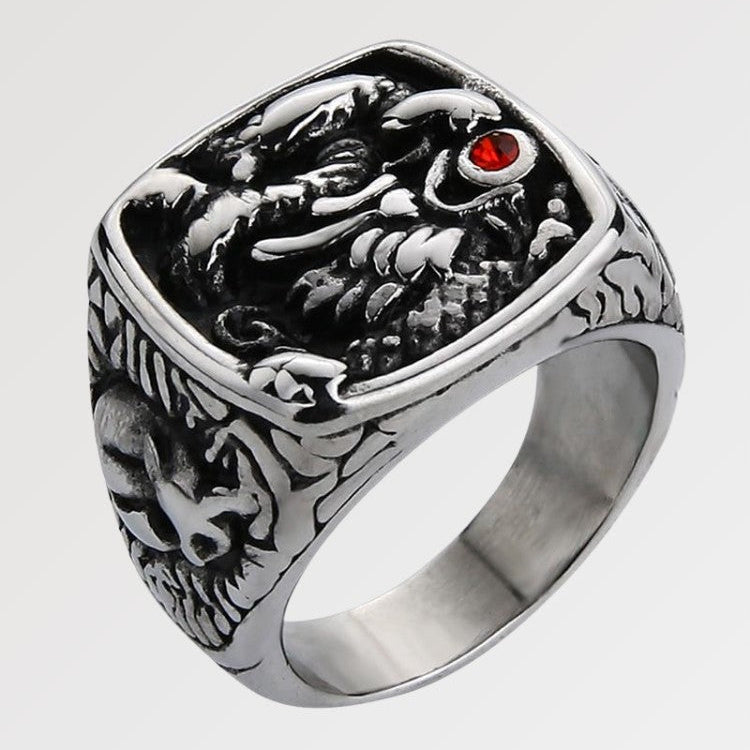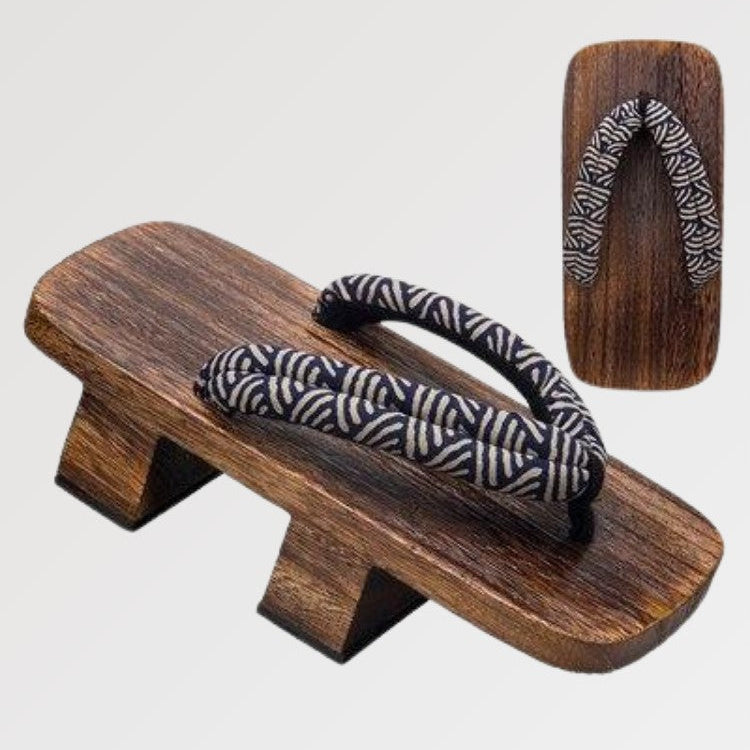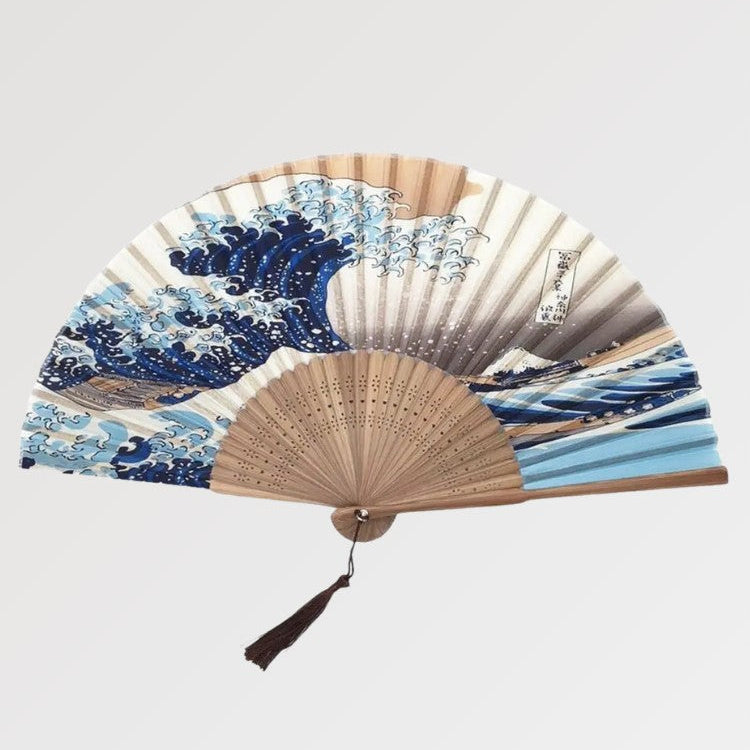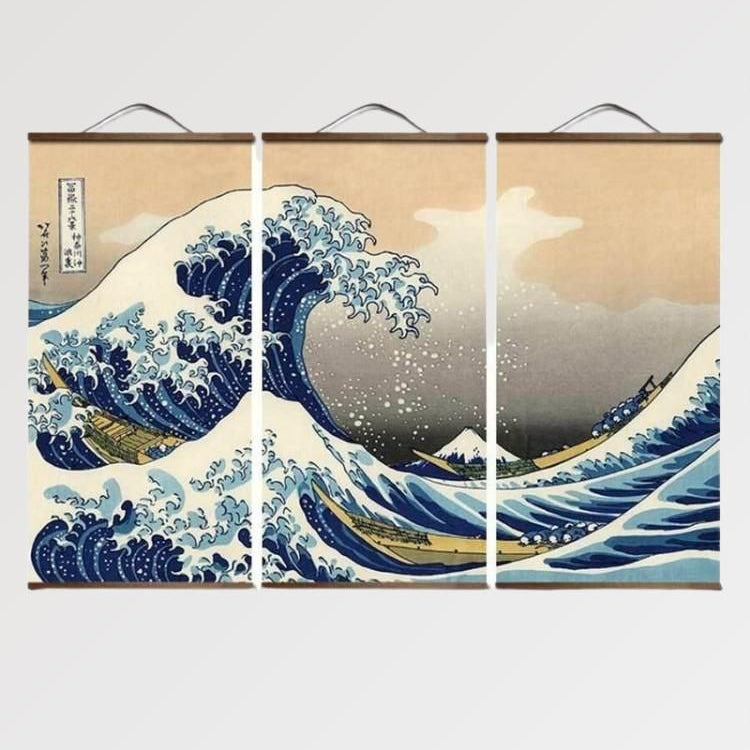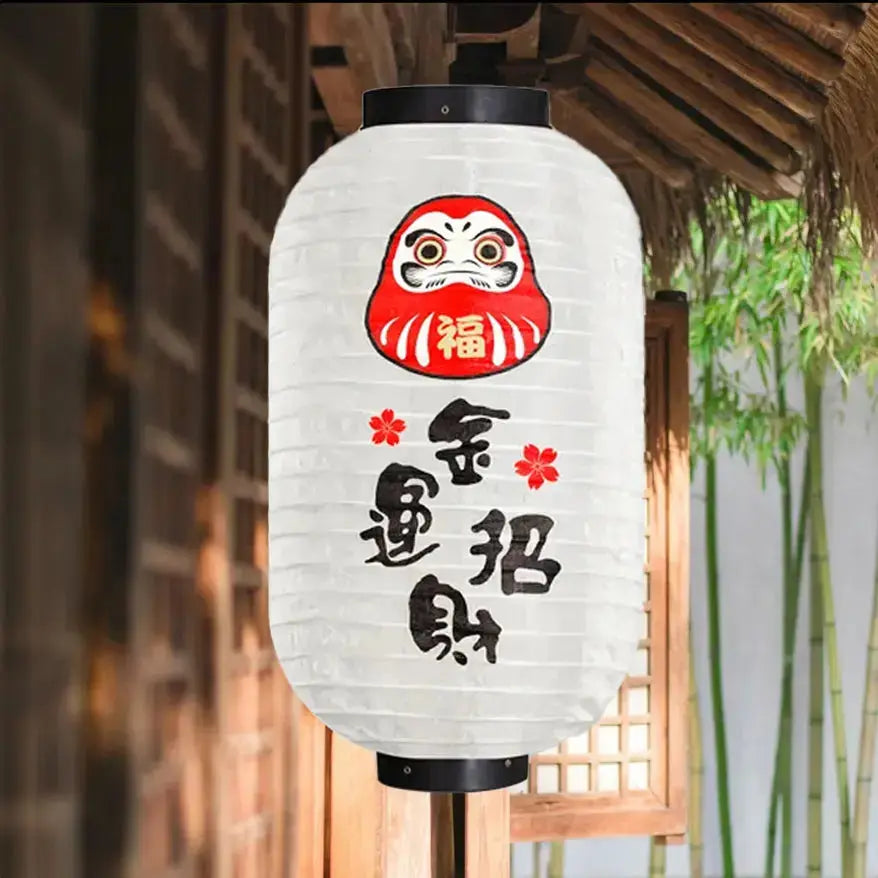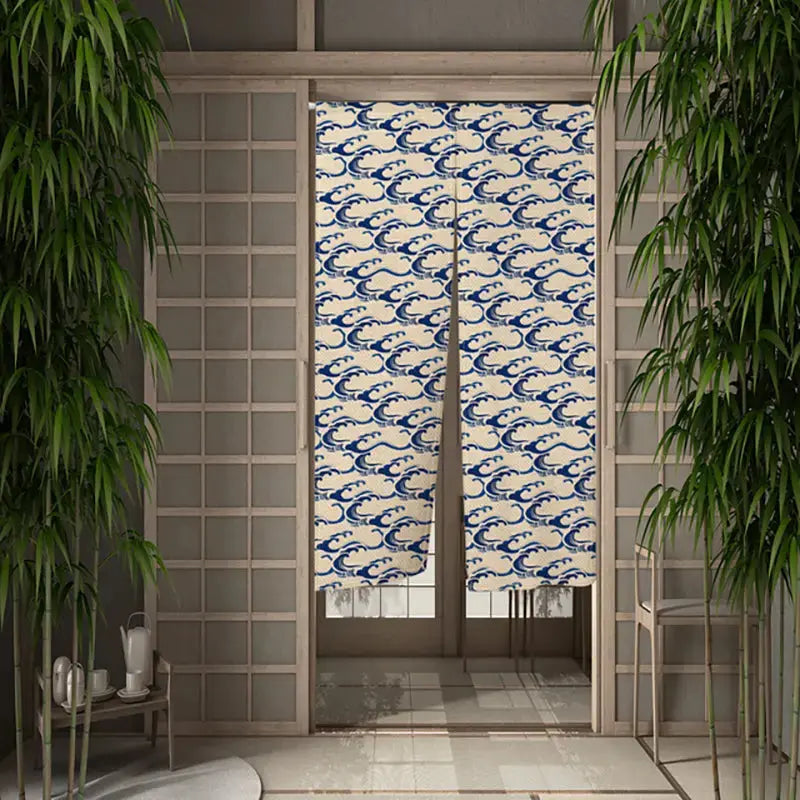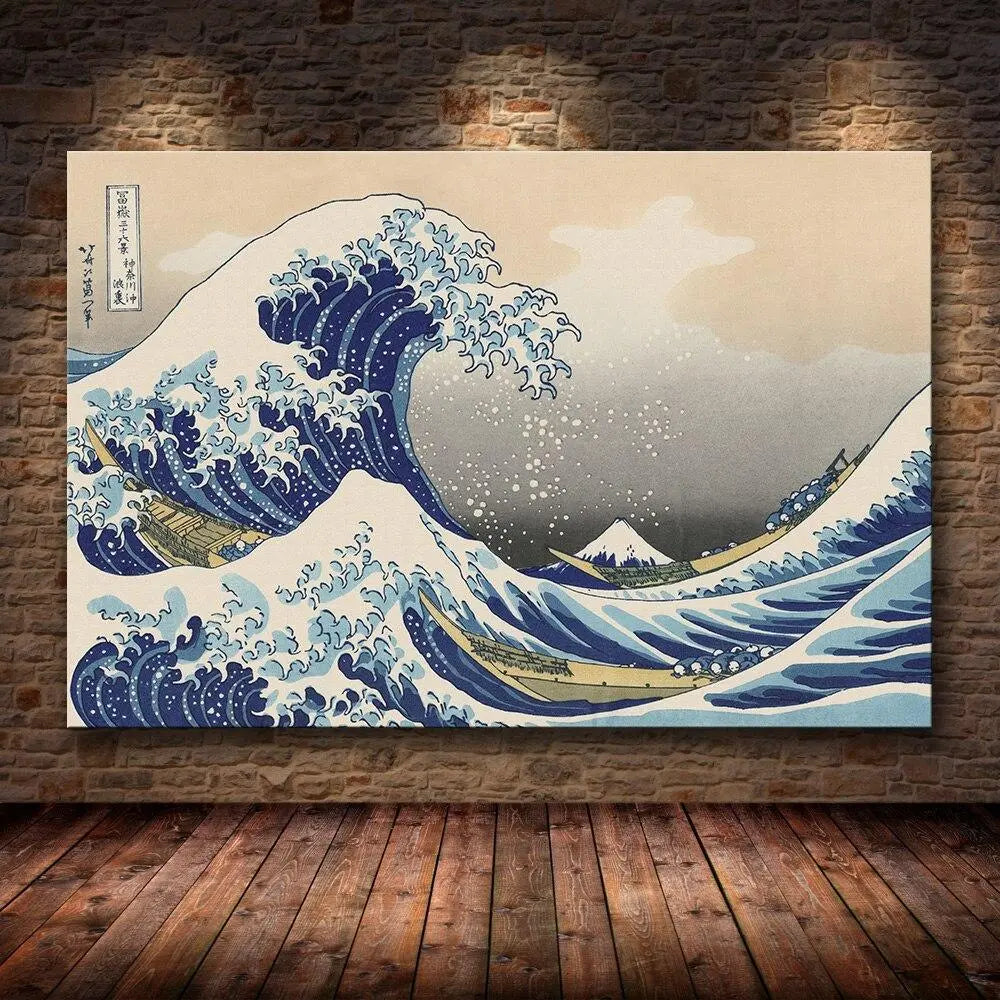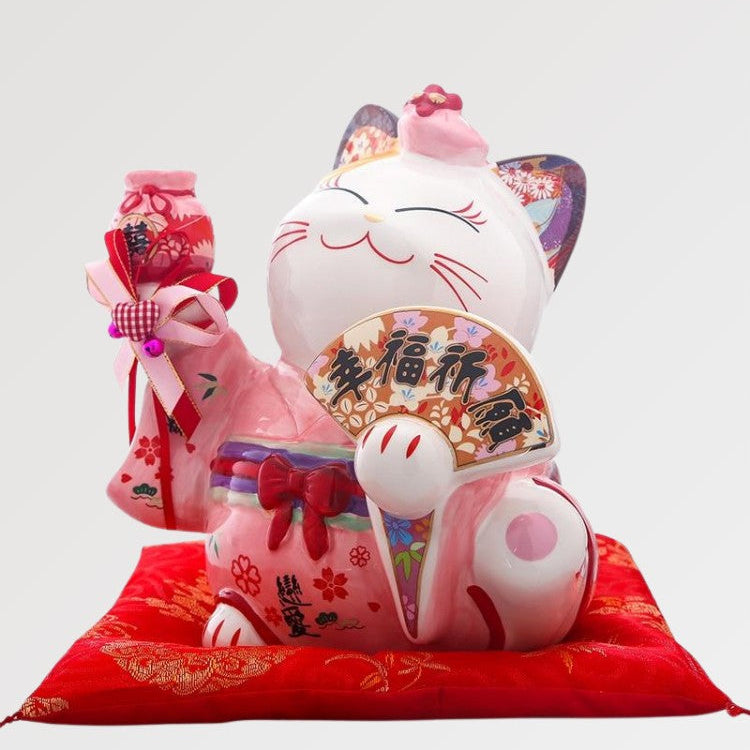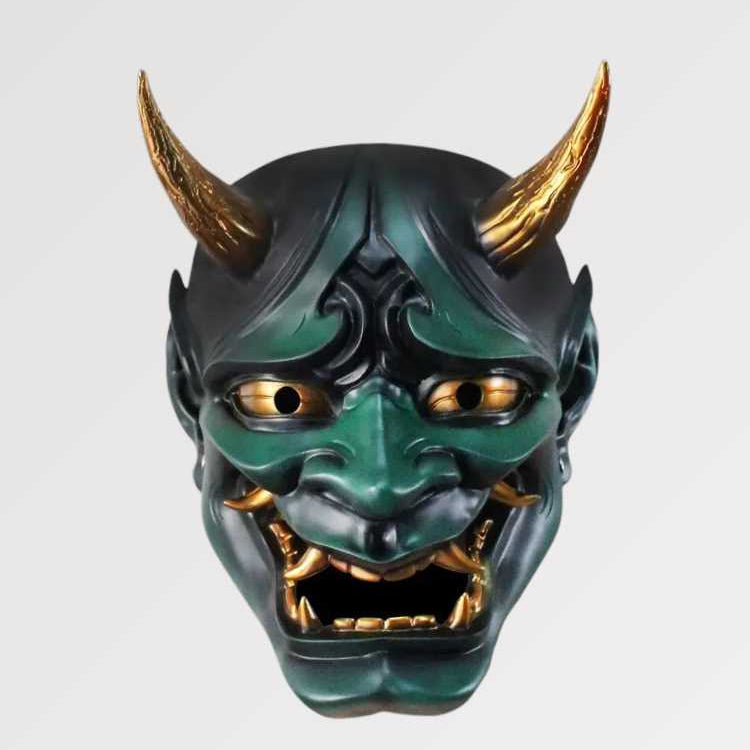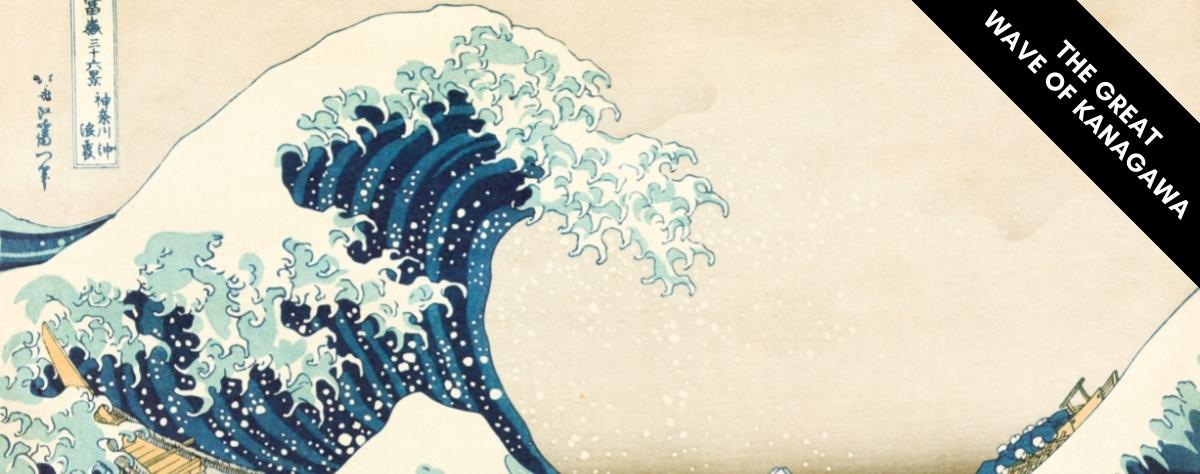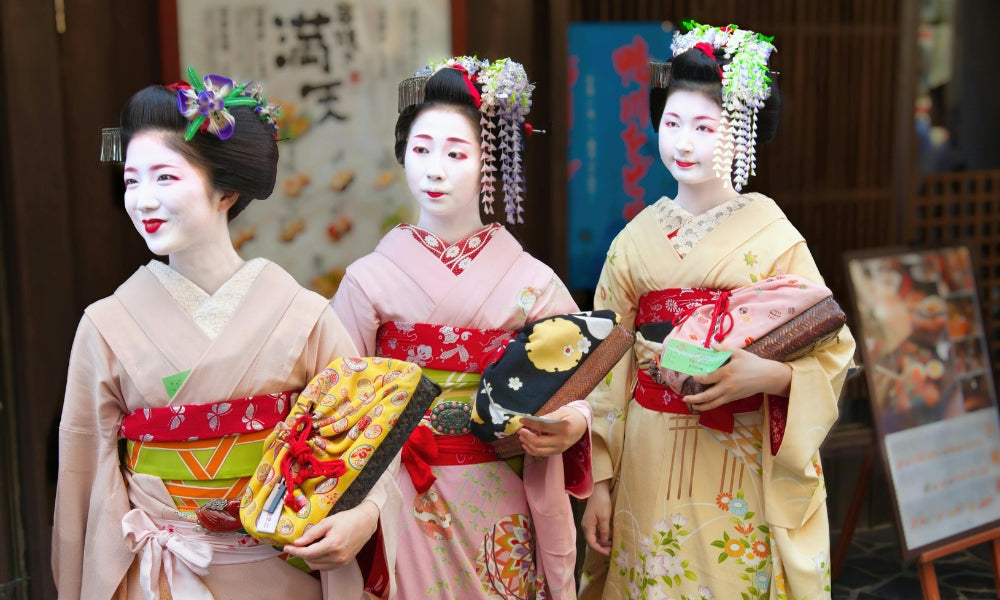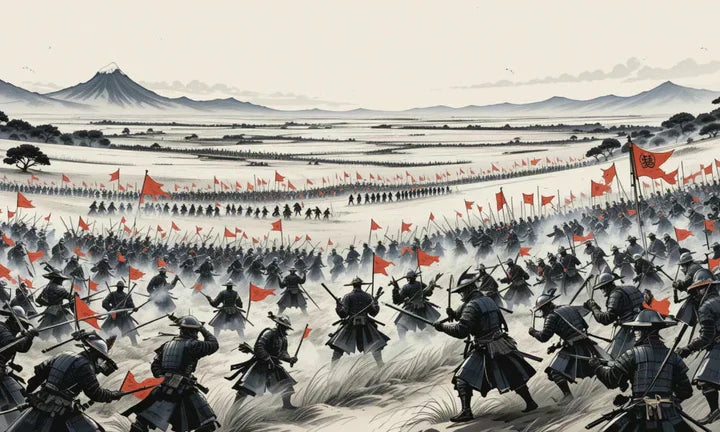Hokusai's The Great Wave of Kanagawa is one of the most famous works of art in the world. An excellent example of the practice of ukiyo-e, this japanese print has inspired artists and observers for nearly 200 years. Although the Great Wave is instantly recognizable, many are unaware of its history and significance. Between Western culture, japanese influence and Asian art, let's see how Hokusai made his famous Great Wave of Kanagawa.
What is the Great Wave of Kanagawa?
The Great Wave of Kanagawa is a yoko-e (Japanese landscape oriented) woodblock print created by Japanese artist and painter Katsushika Hokusai during the Edo period. It is the first piece in the series of Thirty-Six Views of Mount Fuji, a series of ukiyo-e prints showing the highest peak in Japan from different angles.

In this piece, Mount Fuji is seen from the sea and framed by a monstrous rogue wave. The wave and its foam are about to come crashing down on fishermen and their boats. This swell dominates the canvas, overshadowing both the mountain and a trio of boats and inspiring the title The Great Wave.
The Great Wave of Kanagawa having been a great success, many reproductions of this work of art have been created. From calligraphy, to simple illustrations, to woodcuts, many collectors are snatching up all the derivative products. What could be better than to carry this magnificent work of art everywhere with you thanks to the Great Wave T-Shirt.
The Great Wave of Kanagawa: Meaning
The most striking element of the painting is the large Japanese wave that is about to break with the crash of its claw-like crest. The beautiful dark blue pigment used by Hokusai, called "Prussian blue", was a new material at the time, imported from England by China. The wave is about to hit the boats as if it were a huge monster, which seems to symbolize the indescribable strength of nature and the weakness of human beings.

Evolution of the Kanagawa Wave
In the print, the japanese painter conceived the big wave and the distant Mount Fuji in terms of geometric language. The curator of the Bibliothèque Nationale de France, Jocelyn Bouquillard, has described the development of Hokusai's landscape prints, technical skills, and creative processes at Mount Fuji: The Complete Views in Colour. The book provides several statements on how Japanese culture and historical events influenced Hokusai's creations as well as how he was perceived internationally by the Western art world. This informative book is an excellent guide to an in-depth appreciation of Hokusai's art.
The small 39 cm x 26 cm woodcut depicts two contrasting aspects of existence. The wave in the foreground and Mount Fuji in the background are symbols chosen not only to give a perspective effect, a European-style technique he had adapted in a very inventive way, but also to represent the unpredictability of life. Mount Fuji, on the other hand, signifies stillness and eternity; it is the symbol of Japan and, as a sacred object of worship, it occupies an important place in Japanese beliefs.
Who was Katsushika Hokusai?
Hokusai was born in 1760 in Edo (now Tokyo), Japan. The Edo period saw several great artists in the country of the Rising Sun, including Utagawa Hiroshige, japanese draftsman, engraver and painter. During the artist's lifetime, he received many different names. Today he is known by the famous name of Hokusai. Hokusai discovered western engravings that came to Japan through the Dutch trade. From the Dutch artworks, Hokusai became interested in linear perspective. Subsequently, Hokusai created a japanese variant of linear perspective. The influence of Dutch art can also be seen in the use of a low horizon line and the distinctive European pigment color, Prussian blue.

Hokusai was interested in oblique angles, contrasts of near and far, and contrasts of the artificial and the natural. These can be seen in Under the Wave off Kanagawa by the juxtaposition of the large wave in the foreground overshadowing the small mountain in the distance, as well as by the inclusion of men and boats amidst the powerful waves.
The 36 views of Mount Fuji

In the 19th century, around the 1830s, 70-year-old Hokusai produced the Thirty-Six Views of Mount Fuji. In this series, he offers glimpses of the Japanese landscape, including Mount Fuji, from different vantage points and at different times of the year. The woodcuts in this series are renowned for their rich hues, especially their blue tones, which Hokusai achieved through a complex multi-block engraving process.
"The sophisticated use of various shades of blue is a distinctive feature of many of the original prints in the Thirty-Six Views of Mount Fuji series, to which The Great Wave belongs," explains the Metropolitan Museum of Art. At the time this Japanese painting was produced, there was a demand for Berlin blue (more commonly known as "Prussian blue") imported from Europe. Scientific analysis has since revealed that Prussian blue and traditional indigo were used in "The Great Wave" to create subtle gradations in the coloring of this dramatic composition.

Prussian Blue Pigment
Created at the height of his career, Thirty-Six Views of Mount Fuji is considered one of Hokusai's most important achievements, even according to the artist himself. "Anything I produced before the age of seventy is not worth considering," he said.
Mount Fuji, Japanese symbol
Mount Fuji is the highest mountain in Japan and has long been considered sacred. Hokusai is often described as having a personal fascination with the mountain, which led to his interest in making this series. However, he was also responding to a boom in domestic travel and the corresponding market for Mount Fuji images.

Japanese woodblock prints were often purchased as souvenirs. The initial audience for Hokusai's prints was ordinary city dwellers, followers of the "Fuji cult," who made pilgrimages to climb the mountain, or tourists visiting the new capital. Although Tokyo's skyscrapers obscure the view of Mount Fuji today, for Hokusai's audience, the top of the mountain would have been visible from across the city.
Japanese engraving technique
Ukiyo-e is the name of Japanese woodblock prints made during the Edo period. Ukiyo-e, which is originally a Buddhist term, means "floating world" and refers to the impermanence of the world. During the Edo period appeared Japonism, between the years 1860 and 1890, this current representing the influence of Japanese art and civilization on painters, draftsmen and writers, first French, then it spread to the West by influencing Western art as well as Western artists.

Step by step process of Japanese printmaking
Early prints were made with Indian ink, using a brush only in black and white, but later, as shown in the work of Hokusai, additional colors were added. A separate wooden board was used for each color. Each print is made with a final overlay of black lines, which breaks up the flat colors. Ukiyo-e prints are recognizable by their emphasis on line and pure, vivid color, as well as their ability to reduce form to a minimum.
Hokusai moved away from the traditional Japanese art of making images of courtesans and actors, which was the usual subject of ukiyo-e prints. Instead, his work focused on the everyday life of Japanese people of different social levels. Such as the daily scene of fishermen in their boats, struggling against the sea off the coast of Mount Fuji that we see in The Great Wave. This change in subject matter was a breakthrough in ukiyo-e prints and in Hokusai's career.

How to draw the Great Wave of Kanagawa?
(BONUS) Make your own illustration of the Great Wave of Kanagawa, according to the Japanese culture by following this video :
